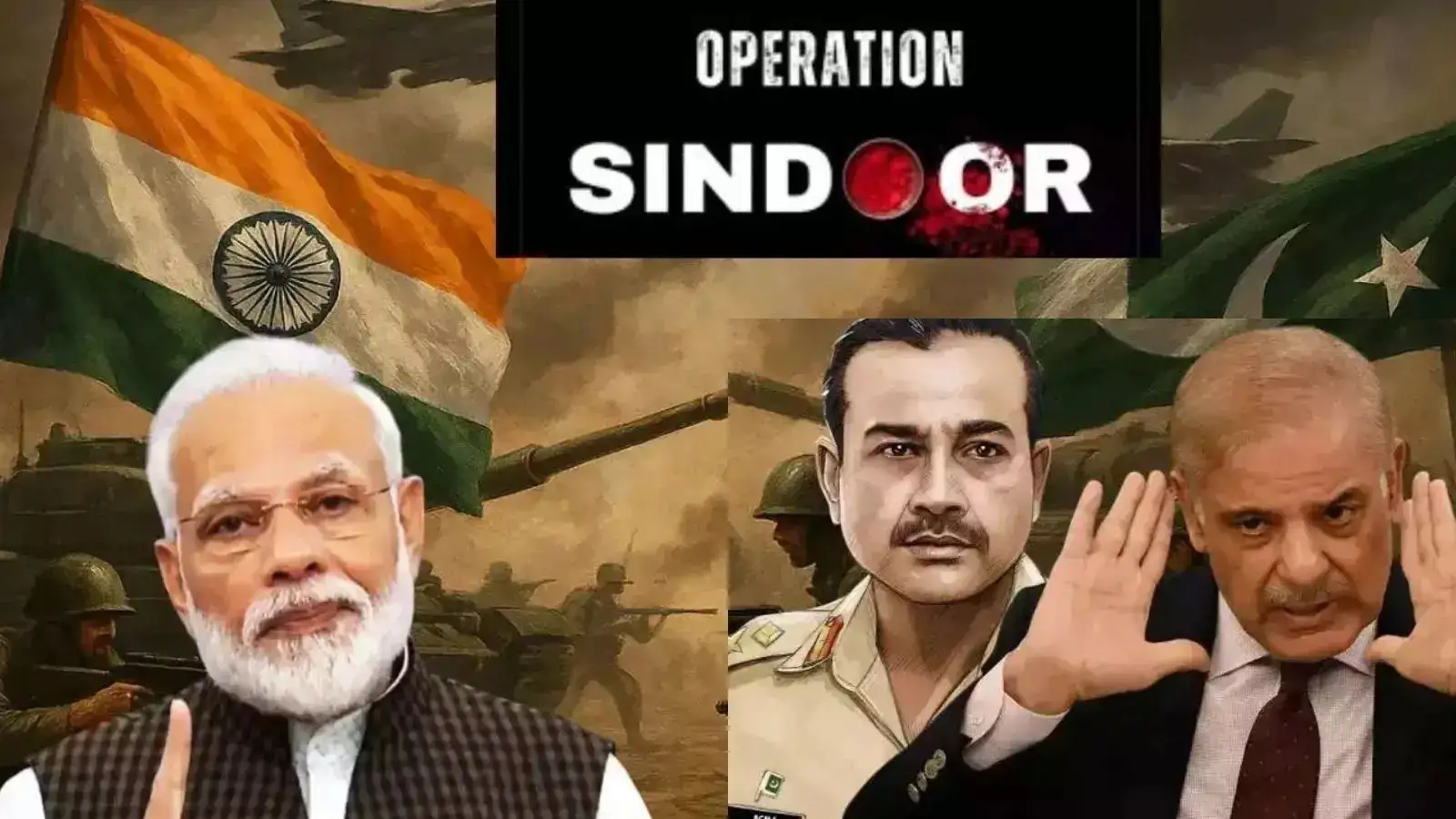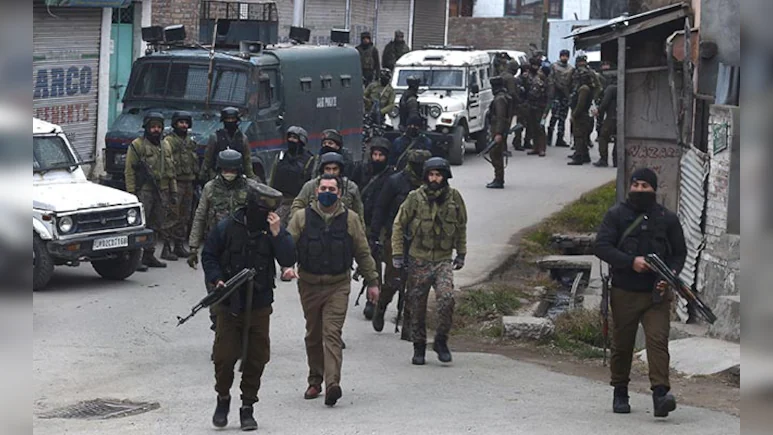Introduction
In the aftermath of Operation Sindoor, India has entered a new era of counterterrorism. On May 13, 2025, an encounter broke out in Shopian district of Jammu and Kashmir involving four terrorists and Indian security forces. The timing is critical — barely three days after a ceasefire between India and Pakistan following India’s retaliatory strikes on terror camps in Pakistan and Pakistan-Occupied Kashmir (PoK).
1. First Encounter Since Operation Sindoor Ceasefire
The Shopian gunfight is the first terror encounter in J&K in 11 days. This follows the massive national and cross-border response under Operation Sindoor, initiated after the brutal Pahalgam terror attack which claimed 26 innocent lives. The swift operation by the Indian Army and paramilitary forces underscores the heightened alert status in the valley.

2. Encounter Spanned Kulgam and Shopian
The gunfight reportedly began in Kulgam and moved to Shopian, indicating a mobile terror group attempting to escape or regroup. This mobility reflects how terror operatives adapt in real-time — but the coordination between Indian forces ensured containment.
3. Army and Paramilitary Operatives Leading the Charge
Both the Indian Army and paramilitary forces were involved in neutralizing the threat. This highlights a multi-agency tactical response model that has become the norm after Operation Sindoor’s lessons on synergy and real-time intelligence sharing.
4. Post-Sindoor Doctrine: Terror = War
Prime Minister Narendra Modi, in his national address on May 12, laid out a clear three-point terror doctrine:
- Any terror attack will draw a fitting response on India’s terms.
- Nuclear blackmail will not be tolerated.
- India will treat state sponsors of terror as complicit.
This implies that cross-border terror incidents may now escalate into military responses, changing the calculus for both Pakistan and domestic terror outfits.
5. India’s Airstrikes Set the Tone
India’s airstrikes on May 7 targeted terror infrastructure in Pakistan and PoK. While Pakistan responded with shelling and drone attacks, India’s air defense intercepted most projectiles and followed up by hitting military targets across the border — a clear deviation from previous restraint-based policies.
6. Terror Networks Still Active Despite Blows
The Shopian incident is a reminder that deep-rooted terror networks in the Valley remain active. India’s military commanders have emphasized that while strategic deterrence has improved, tactical vigilance remains essential on the ground.
7. Strategic Messaging to Pakistan
With Pakistan Army generals seen attending funerals of terrorists and providing state cover, India’s diplomatic and military stance is clear: no distinction between terrorists and their sponsors. The Shopian encounter reinforces India’s readiness to act preemptively and retaliatorily.
On May 7, India carried out airstrikes on terror infrastructure in Pakistan and PoK and stressed that its offensive only targeted terrorists with precision. Pakistan, however, responded with heavy shelling that led to civilian deaths and a barrage of drones and missiles targeted at civilian areas. India’s air defence managed to intercept most of the projectiles. In response, India targeted Pakistan’s military installations, including its key airbases, inflicting heavy damage. On May 10, a ceasefire was announced, but Indian armed forces have said they are watching Pakistan closely and any misadventure will prompt action.
Conclusion
India’s encounter in Shopian is more than a localised anti-terror op — it is part of a larger post-Sindoor national security doctrine. As India fortifies its internal and external security grids, each incident will now be evaluated through a new strategic lens. The message is unmistakable: India will hit back hard and without hesitation.
India’s tougher stance finds support in international law. As per UN Security Council resolutions on terrorism and state sponsorship, nations found complicit in harboring terrorists can face global sanctions and collective countermeasures.
Read more about Operation Sindoor and India’s evolving anti-terror strategy.









